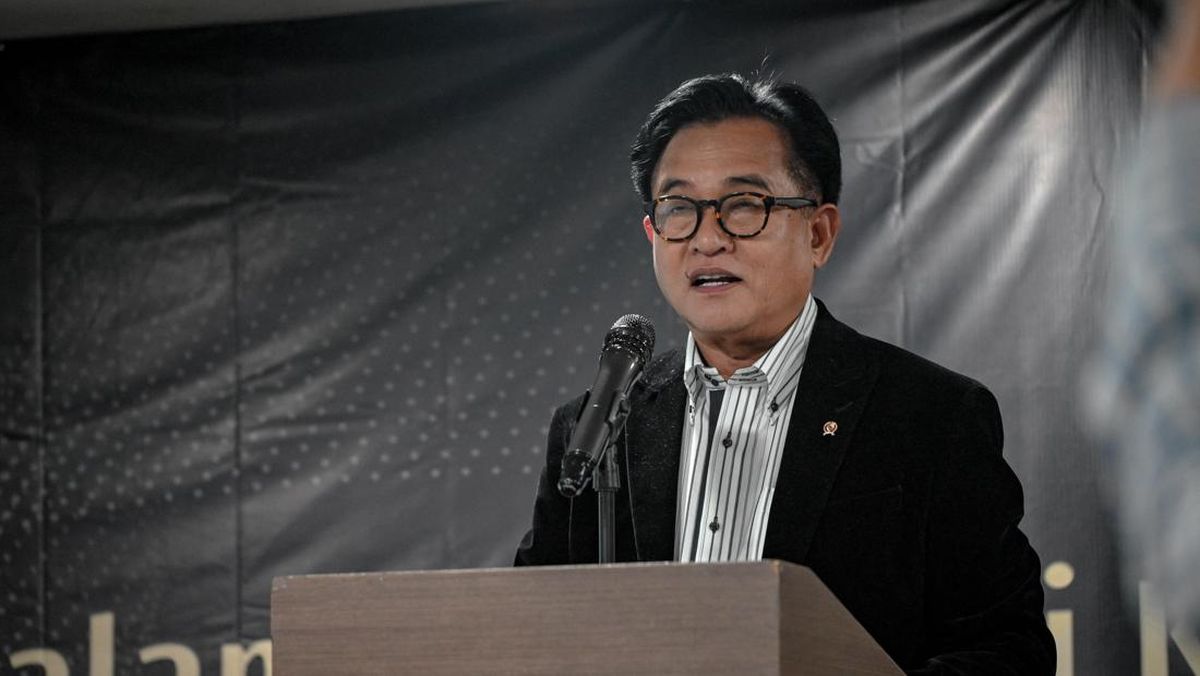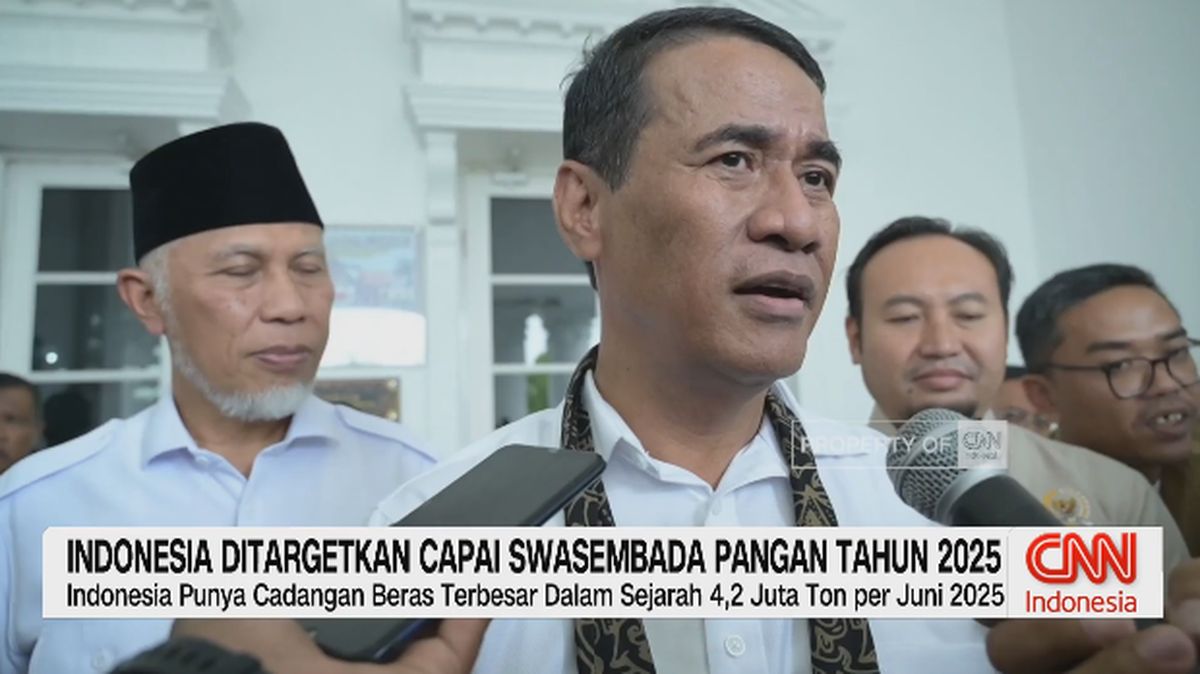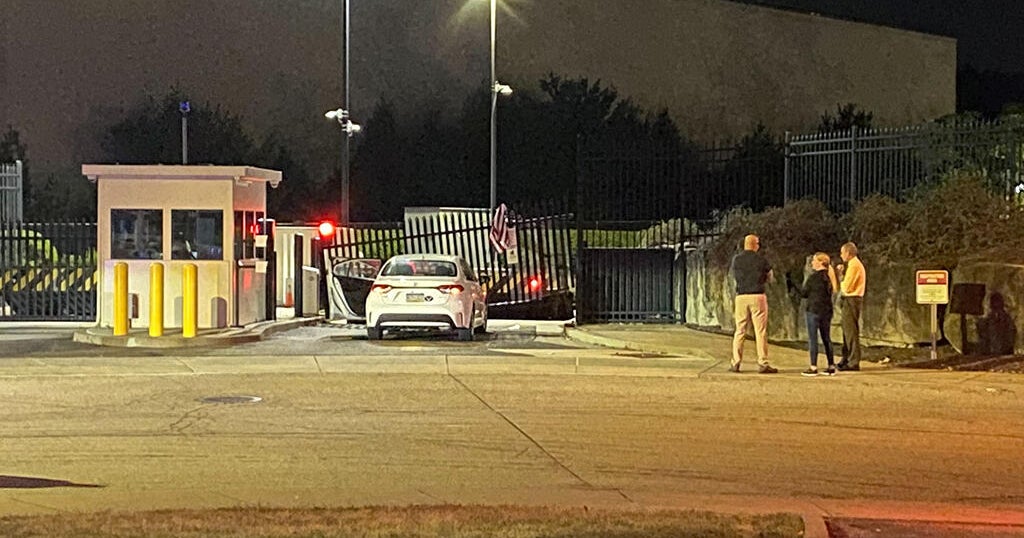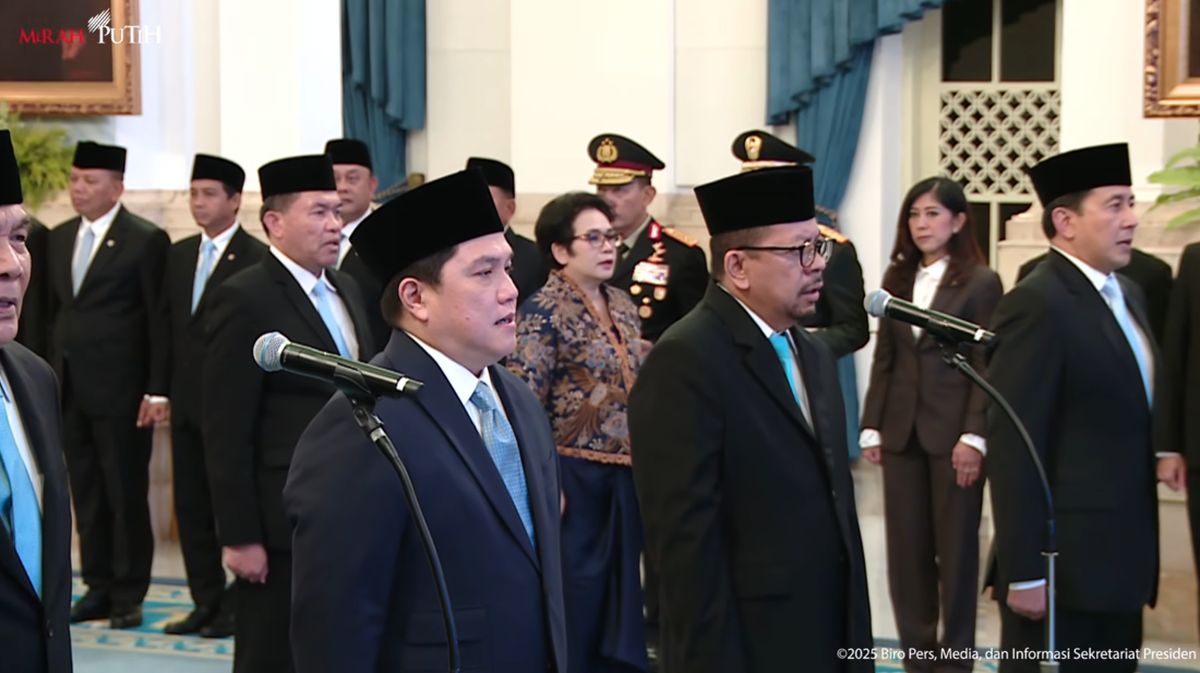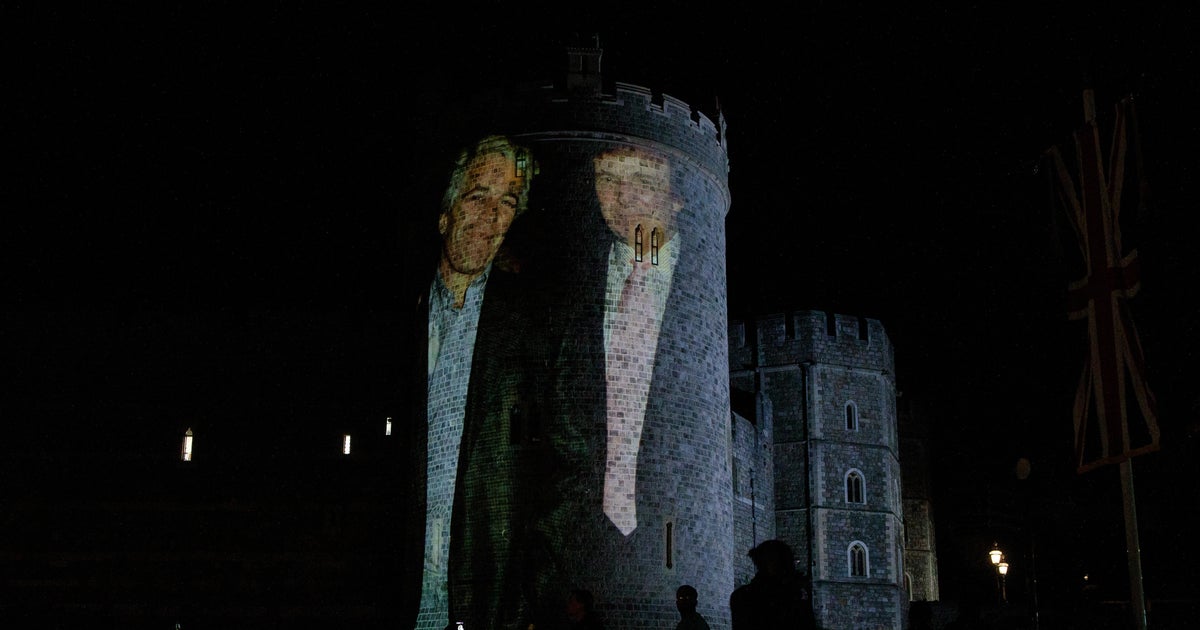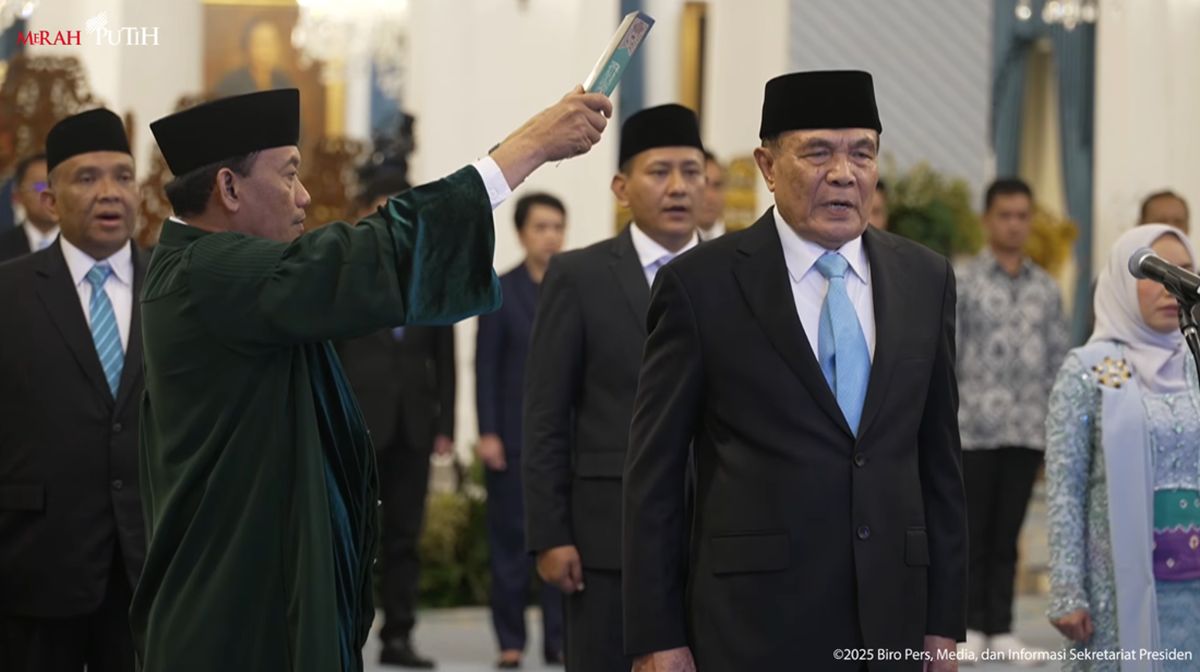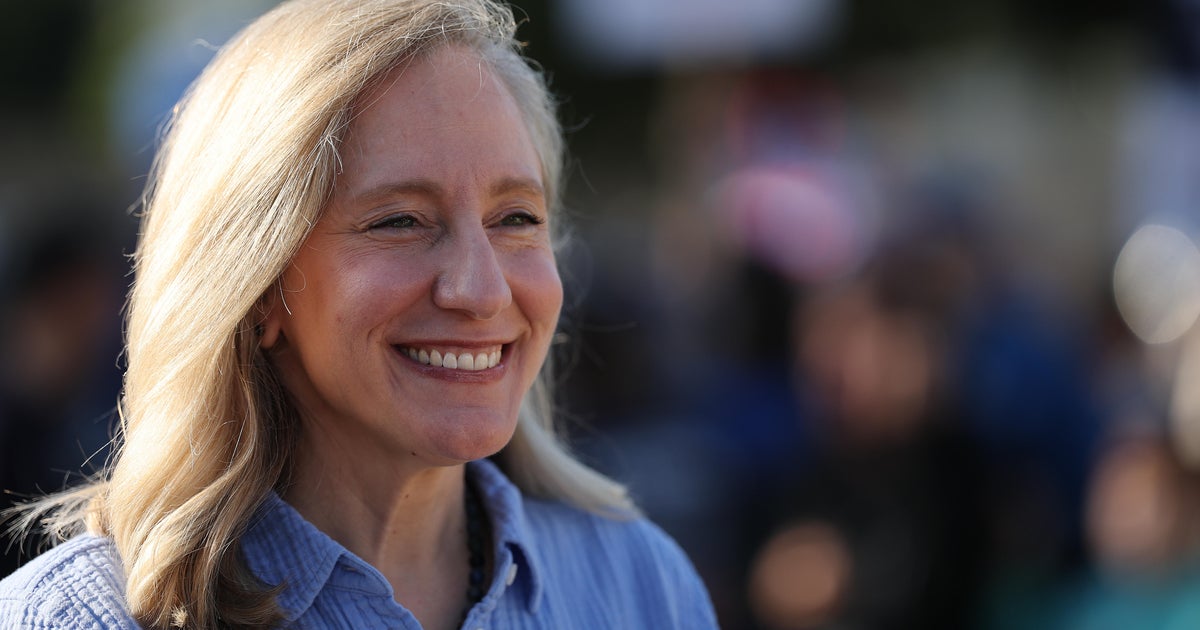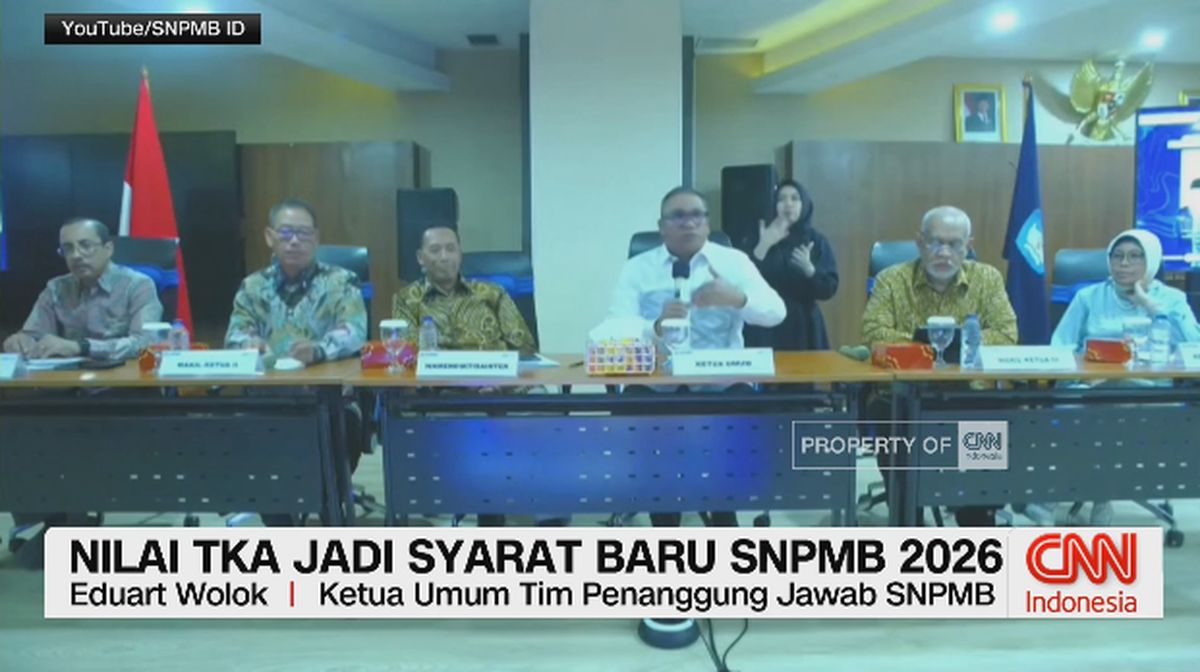It is difficult to know with any certainty what such an unprecedented undertaking would look like in practice. One analyst said Katz had, in effect, just ordered the construction of the largest tented area in the world.
Loading
However, clues can arguably be found in the ongoing initiative to feed civilians via a US backed firm, the Gaza Humanitarian Foundation (GHF), not least because some of its purpose-built distribution sites are in and around Rafah.
According to eyewitness reports and some videos that have emerged, civilians are forced to walk for miles through a militarised wasteland where nearly all the buildings have been destroyed by the bombs or bulldozers of the IDF.
They are typically corralled between large man-made berms of earth or high metal fences fringed with barbed wire while they wait for ID checks. Hundreds of civilians have been killed in mass-shootings near the sites, with Palestinians accusing Israeli troops. The IDF blames Hamas for deliberately sowing chaos.
Katz’s comments have prompted alarm not only because of the added suffering it could inflict on ordinary Gazans, but because, some fear, the plan will be used to facilitate the forced displacement of the population.
In other words, the highly controversial vision for Gaza as announced by US President Donald Trump early this year.

Makeshift tents in a camp for displaced Palestinians in the Al-Mawasi area in January.Credit: Bloomberg
According to the president’s so-called Middle East “Riviera” idea, the population would be moved to redevelop the Strip into a rich man’s paradise resembling Las Vegas or Dubai.
In more recent months, particularly as he visited Arab leaders in the Gulf, Trump had gone noticeably quiet on this topic.
This led commentators to conclude that he had never meant it seriously, but instead used the provocative idea to force the Middle East into coming up with its own plan for post-war Gaza.
Loading
However, during Netanyahu’s visit to the White House this week, the spectre of a “Trump Gaza” has, arguably, re-emerged.
One Israeli official in Washington was reported as saying that Trump was still keen on the idea, although the president dodged the question at a press conference.
Netanyahu himself praised the president’s “brilliant vision” and said Israel was close to agreements with third countries to receive Gazan civilians.
The prime minister was clear, as he has been since February, to frame the idea as a one of voluntary relocation.
“If people want to stay, they can stay, but if they want to leave, they should be able to leave,” he told reporters, fresh from having handed Trump a letter nominating him for the Nobel Peace Prize.
“It shouldn’t be a prison,” Netanyahu continued. “It should be an open place, and give people a free choice.”
Human rights organisations say life is now so grim for Gazans civilians that, if even a half-safe third country was prepared to take them, they would have to agree to go.
In other words, in practical terms, there would be nothing voluntary about it.
Loading
That is the main reason why Katz’s plan for a so-called humanitarian city has caused such a stir.
Often the most bellicose in Netanyahu’s Right-wing cabinet when it comes to the subject of Palestinians, he has consistently been the biggest cheerleader for the idea of relocation, other than the ultranationalist coalition partners.
He has previously ordered officials to prepare a mechanism to allow Gazans to resettle elsewhere.
It is no coincidence that the subject of population transfer has re-emerged as formal talks continue with Hamas on a ceasefire and hostage release deal.
It does Israel no harm to posit an extreme scenario for what might happen to the enclave if Hamas does not play ball.

Israel’s defence minister wants to build the new “humanitarian city” on the ruins of Rafah.Credit: AP
Although Katz spoke of forcing civilians to the south in the context of a 60-day ceasefire deal, Hamas will have several potent reasons to reject the proposal.
The terror group thrives when surrounded by ordinary civilians – it is their preferred means of fighting.
The Katz proposal would also cut them off entirely from incoming aid, emptying their already drained coffers and allowing the IDF to effectively starve them out over months.
The humanitarian city would be run by international organisations, Katz said, but did not specify which ones.

Smoke rises to the sky following an Israeli army bombardment in the northern Gaza Strip on Tuesday.Credit: AP
Finally, their self-styled status as the Palestinian people’s legitimate arm of resistance risks being trashed if they consented to rendering the entire population refugees within their own land, let alone – potentially – outside it.
However, some analysts believe that Hamas, ground down by the relentless IDF assault, is gasping for a ceasefire and may show some flexibility on these points.
An official close to the talks in Qatar said that while agreement had not yet been reached, the “gaps are small”.
If the multiple recent leaks from Israel’s security cabinet in the last couple of weeks are to be relied on, the army’s leadership is extremely sceptical of any plan that involves their long-term presence in Gaza as a governing power.
The Israeli chief of staff, Major-General Eyal Zamir, is said to have told ministers that his troops have gone as far as they can go without putting the remaining hostages – 20 are thought to be alive – at grave risk.
It would take three brigades at least to secure Katz’s proposed “humanitarian city”.
To whatever extent Hamas has been causing unrest at the aid distribution sites, Israeli troops have a tendency to react aggressively when Palestinians come close.
Having to police the entire population in a relatively small area raises the risk of further mass shootings and international outrage.
Loading
Despite the potential for a deal in the coming days, or further down the line, it is clear that for the ultranationalists in Netanyahu’s government, and indeed others on the Right, population transfer in Gaza is not just a bargaining chip, but a goal.
Senior Israeli ministers Bezalel Smotrich and Itamar Ben-Gvir are enthusiastically behind it – and can bring down Netanyahu’s coalition if they choose.
On Monday, it was reported that a $US2 billion ($3.1 billion) plan to create “humanitarian transit areas” inside – and possibly outside Gaza – were already presented to the White House, possibly months ago.
According to Reuters, the proposal bore the name of GHF, although the group denies any involvement.
Either way, there are powerful forces who want this to happen.
Telegraph, London



